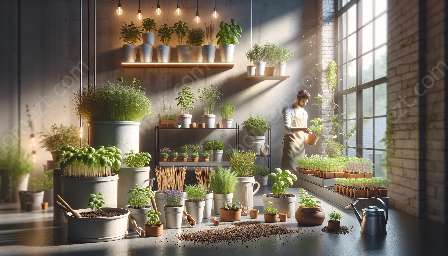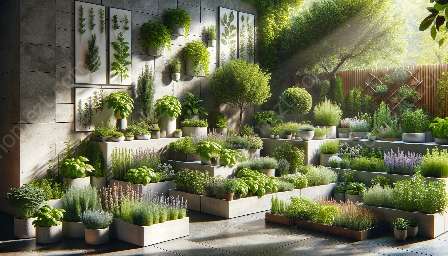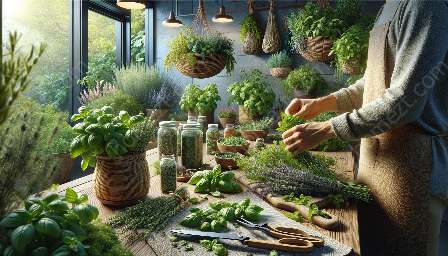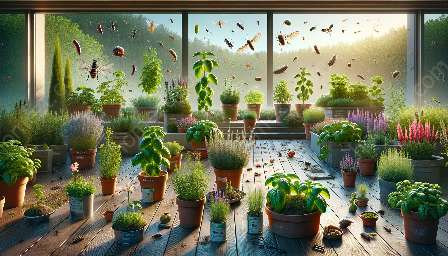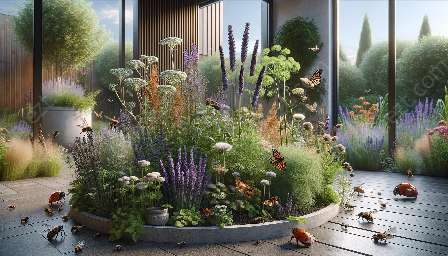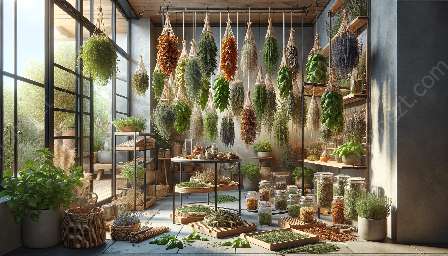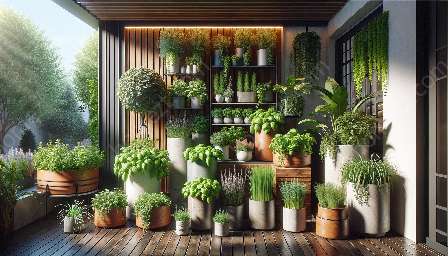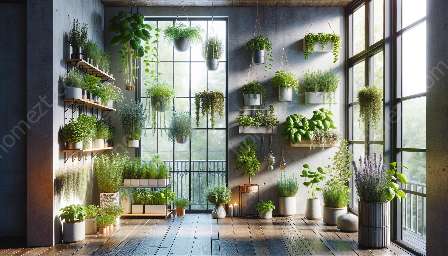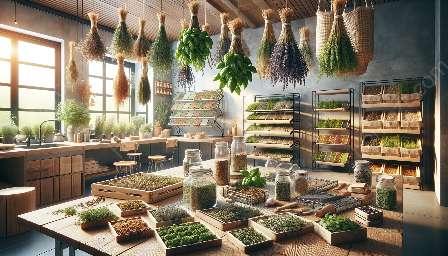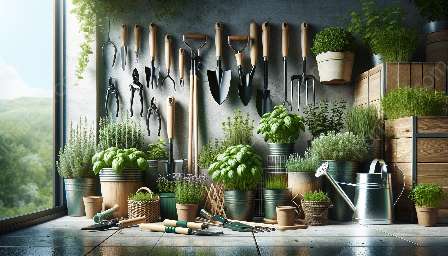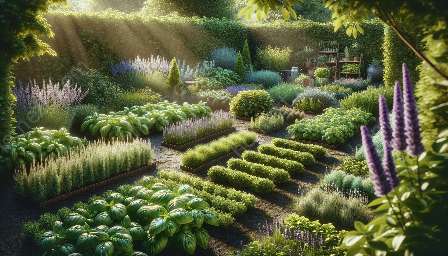Herb gardens are a great way to grow fresh, flavorful herbs at home, but like all plants, they can be susceptible to pests and diseases. In this comprehensive guide, we will explore the common pests and diseases that can affect herb gardens, along with effective management and prevention methods.
Pests
Pests can cause significant damage to herb plants if left unchecked. Identifying and addressing these pests promptly is crucial for maintaining a healthy herb garden.
Aphids
Aphids are small, soft-bodied insects that feed on the sap of herb plants, often causing wilting and deformation of leaves. To control aphids, introduce natural predators like ladybugs, or use insecticidal soaps and neem oil.
Spider Mites
These tiny pests are common in herb gardens and can cause stippling, discoloration, and webbing on leaves. Regularly spraying the plants with water and applying insecticidal soap can help manage spider mite infestations.
Whiteflies
Whiteflies are small, moth-like insects that can rapidly multiply and weaken herb plants by draining their sap. Insecticidal soap and horticultural oils are effective for controlling whiteflies.
Slugs and Snails
These mollusks can devour herb leaves and tender stems. To deter slugs and snails, create physical barriers, such as copper tape or diatomaceous earth, around herb plants.
Diseases
Herb plants are also susceptible to various diseases, which can result in stunted growth, yellowing of leaves, and overall decline in plant health.
Powdery Mildew
This common fungal disease appears as a white, powdery coating on herb leaves, often leading to leaf distortion and premature leaf drop. Improving air circulation and applying fungicidal sprays can help control powdery mildew.
Downy Mildew
Downy mildew causes yellow or white spots on herb leaves, eventually leading to their death. Preventing overwatering and watering from the base of the plants can minimize the risk of downy mildew.
Rust
Rust is a fungal disease that manifests as orange or reddish-brown pustules on herb leaves, causing them to wither and die. Proper sanitation practices and removing infected plant debris can help prevent the spread of rust.
Root Rot
Excessive moisture and poorly-drained soil can lead to root rot in herb plants. To prevent root rot, ensure proper drainage and avoid overwatering. Consider using raised beds to improve drainage if necessary.
Prevention and Management
Implementing good cultural practices and maintaining a vigilant approach to pest and disease management are key to promoting the health and vitality of herb gardens.
Companion Planting
Intercropping herbs with pest-repelling plants such as marigolds and basil can help deter common pests and reduce the risk of infestations.
Regular Inspection
Regularly inspecting herb plants for signs of pests, diseases, and environmental stress can help address issues early and prevent their spread.
Proper Watering
Avoid overwatering and water herb plants at the base to minimize the risk of foliar diseases like powdery mildew and downy mildew.
Organic Pest Control
Consider using organic pest control methods, such as introducing beneficial insects and using natural repellents, to manage pest populations without harsh chemical inputs.
Healthy Soil
Ensuring well-drained, nutrient-rich soil can help promote strong, vigorous herb plants that are more resilient to pests and diseases.
Conclusion
By being attentive to the potential threats of pests and diseases in herb gardens, and employing proactive measures for prevention and control, you can cultivate a thriving and bountiful herb garden that provides fresh, aromatic herbs for culinary and medicinal use.



